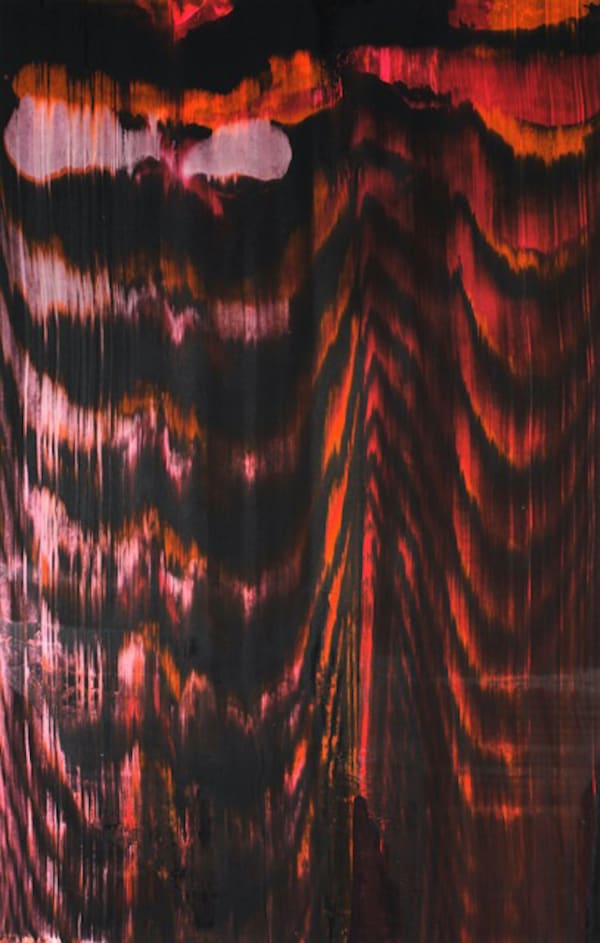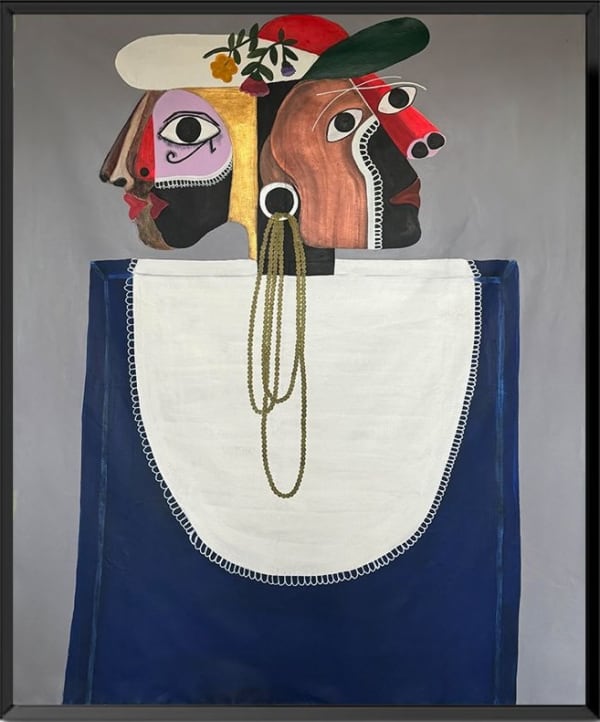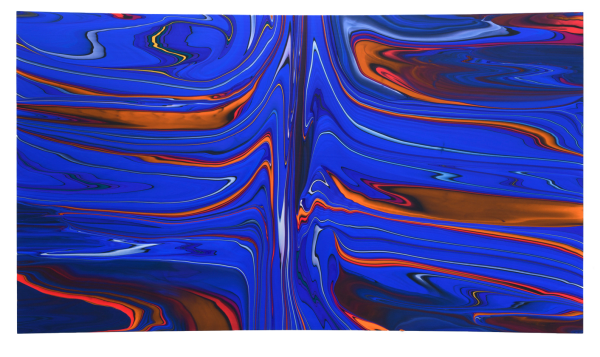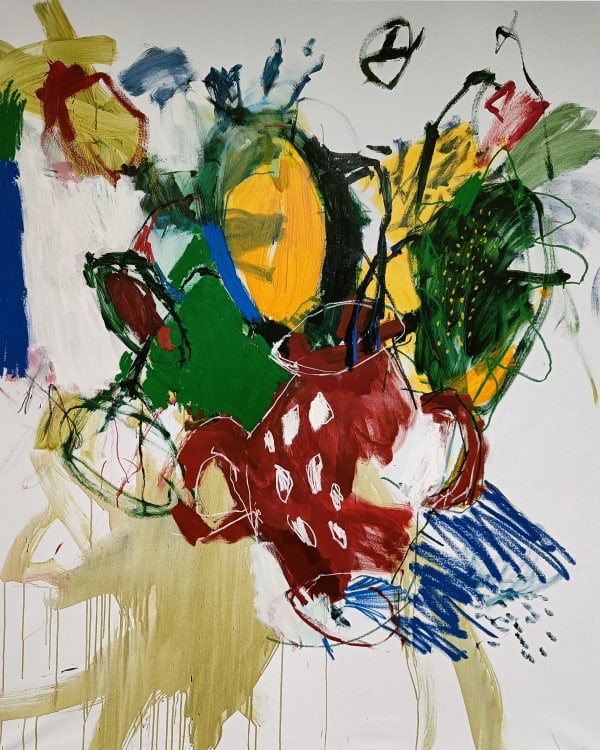-
-
JD Malat Gallery is participating in the Abu Dhabi Art Fair at Manarat Al Saadiyat. We are exhibiting two monumental compositions by the late Post-War West Coast artist Ed Moses, alongside works by contemporary abstract artists Katrin Fridriks, Kojo Marfo, Andy Moses, Luis Olaso, and Santiago Parra.
-
Ed Moses (1926 - 2018)

-
Kojo Marfo

-
Katrin Fridriks

-
Andy Moses

-
Luis Olaso

-
Santaigo Parra

-
-

ED MOSES (1926-2018)
Dappel, 2008
Acrylic on Canvas,
96 x 60in
243.8 x 152.4cm
-

ED MOSES (1926-2018)
Edward #2, 2008
Acrylic on Canvas,
96 x 60in
243.8 x 152.4cm
-

KOJO MARFO
Elegance In Unity, 2024
Acrylic on Canvas,
70 7/8 x 59 in
180 x 150cm
-
 Andy MosesMorphology 1411, 2019Acrylic on polycarbonate mounted on concave wood panel48 1/8 x 83 7/8 in
Andy MosesMorphology 1411, 2019Acrylic on polycarbonate mounted on concave wood panel48 1/8 x 83 7/8 in
122 x 213 cm -

ANDY MOSES
Geodesy 1242, 2024
Acrylic on canvas over concave wood panel
60 x 60 in (diameter)
152.4 x 152.4 cm (diameter) -

KATRIN FRIDRIKS
Indigenous Startraveller, 2024
Acrylic on Canvas
39 3/8 x 39 3/8 in
100 x 100 cm -

KATRIN FRIDRIKS
Golden Startrek , 2024
Acrylic on Canvas
39 3/8 x 39 3/8 in
100 x 100 cm -

LUIS OLASO
Composition for a basquet with Diego Rivera's bouquet of Callas, 2023
Oil, acrylic, oil bar and oil pastel on canvas78 3/4 x 63 in
200 x 160 cm -

LUIS OLASO
Composition for a ceramic vase with sunflowers, 2023
Oil, acrylic, oil bar and oil pastel on canvas78 3/4 x 63 in
200 x 160 cm -

SANTIAGO PARRA
UNTITLED, 2024
Acrylic on Canvas,
66 1/2 X 66 1/2in
169 x 169cm
-

SANTIAGO PARRA
UNTITLED, 2024
Acrylic on Canvas,
74 3/8 x 56 1/4 in
189 x 143 cm
-
Abu Dhabi Art Fair 2024: Booth M6
Past viewing_room

















